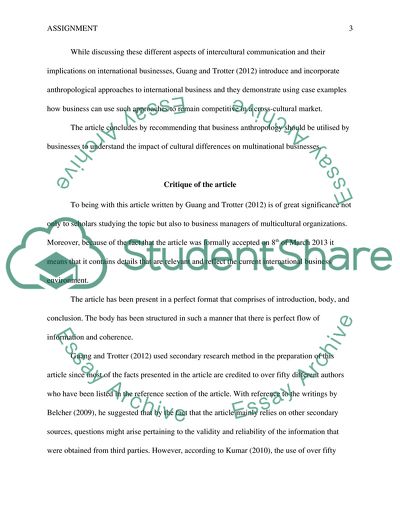Cite this document
(Topic: Intercultural Communication Assignment Example | Topics and Well Written Essays - 1500 words, n.d.)
Topic: Intercultural Communication Assignment Example | Topics and Well Written Essays - 1500 words. https://studentshare.org/psychology/1802265-topic-intercultural-communication
Topic: Intercultural Communication Assignment Example | Topics and Well Written Essays - 1500 words. https://studentshare.org/psychology/1802265-topic-intercultural-communication
(Topic: Intercultural Communication Assignment Example | Topics and Well Written Essays - 1500 Words)
Topic: Intercultural Communication Assignment Example | Topics and Well Written Essays - 1500 Words. https://studentshare.org/psychology/1802265-topic-intercultural-communication.
Topic: Intercultural Communication Assignment Example | Topics and Well Written Essays - 1500 Words. https://studentshare.org/psychology/1802265-topic-intercultural-communication.
“Topic: Intercultural Communication Assignment Example | Topics and Well Written Essays - 1500 Words”. https://studentshare.org/psychology/1802265-topic-intercultural-communication.


